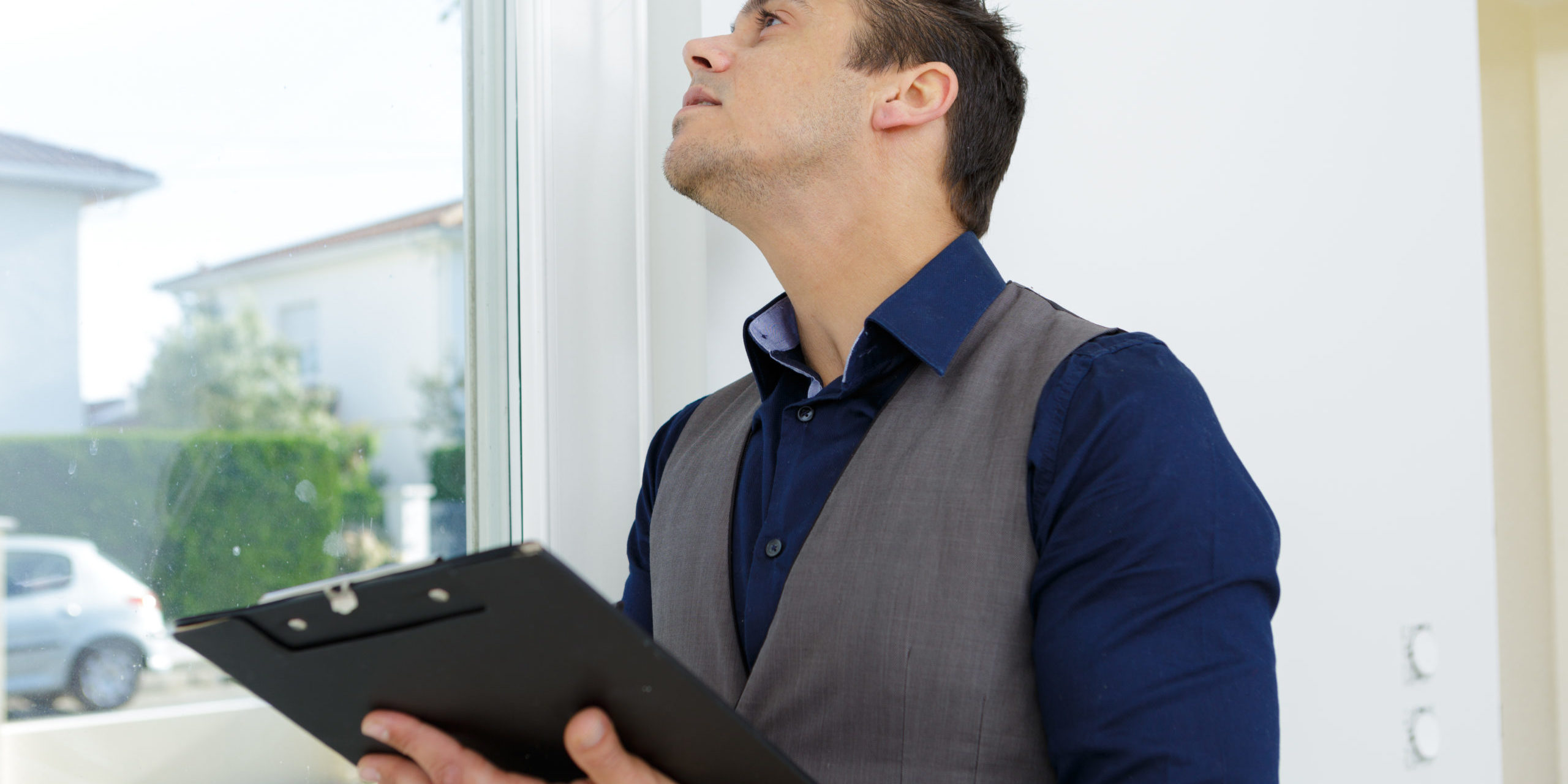We all can agree that we want to feel safe in our homes. Your safety in your home why it is perform a risk assessment when planning to have a project or any activities at home. It doesn’t just give you an idea how it should be done properly but can also increase the chance of success. There are a lot of things that can be deemed as risk factors so it is necessary to be assessed first to ensure safety. Carrying out risk assessment at home may require a lot of questions and can be tricky.
What is risk assessment?
Risk assessment can be heard in the security industry, but you might still not understand what it is and why it is done. From the term itself, you already have an idea what it is. Risk assessment is assessing the risk involved. It is a process used to determine the threats to security and what are the things needed to be done to protect against them. It might look like a simple brainstorming but it’s a deliberative process that includes four steps including:
- Pre-Threat Assessment
This is the first step of the risk assessment where in you consider all likely threats. When you say likely, it means a threat that is highly possible to happen such as theft and burglar attack especially if you live in an area with higher crime rate. You need to be honest with yourself and consider everything. For most homeowners, the most common crimes involve burglary, armed robbery, home invasion and even arson. Settled with the top 3 most likely to happen according to the damage they would cause.
- Prioritizing and planning
When performing a risk assessment, it is important that you consider the property and its location. For example, a burglary attack might cause less damage to a home that is not in use and doesn’t contain much value. However, it will be devastating for a home where you and your family live, especially if you live in a well-to -do neighborhood. Start thinking about countermeasures and safety procedures to prevent the threat or make it less damaging. You can consider improving your security or you can ask for advice from a security consultant. Security consultants are experts when it comes to dos and don’ts for your security.
- Contingencies
You have carefully planned your security measures but it is important that you always have a plan B. Just in case your plan A doesn’t work out, you will have a way out when something goes wrong. Remember, no matter how perfect your security measures seem to be, it can be defeated with the right tools, skills and knowledge. Having a plan B will ensure that you have an option to leave the place if worse comes to worst. Know your exits and keep them unobstructed just in case you need to use it.
- Evaluation
After assessing the risk, you need to assess your response too. Talk with your family and security consultant about it and discuss your solution. If you can’t come up with one yet, start from scratch again.
Risk assessment might seem unnecessary and boring as it requires time, but your safety depends on it so make sure you do it. For more information on risk assessment contact us at Medallion Security.







